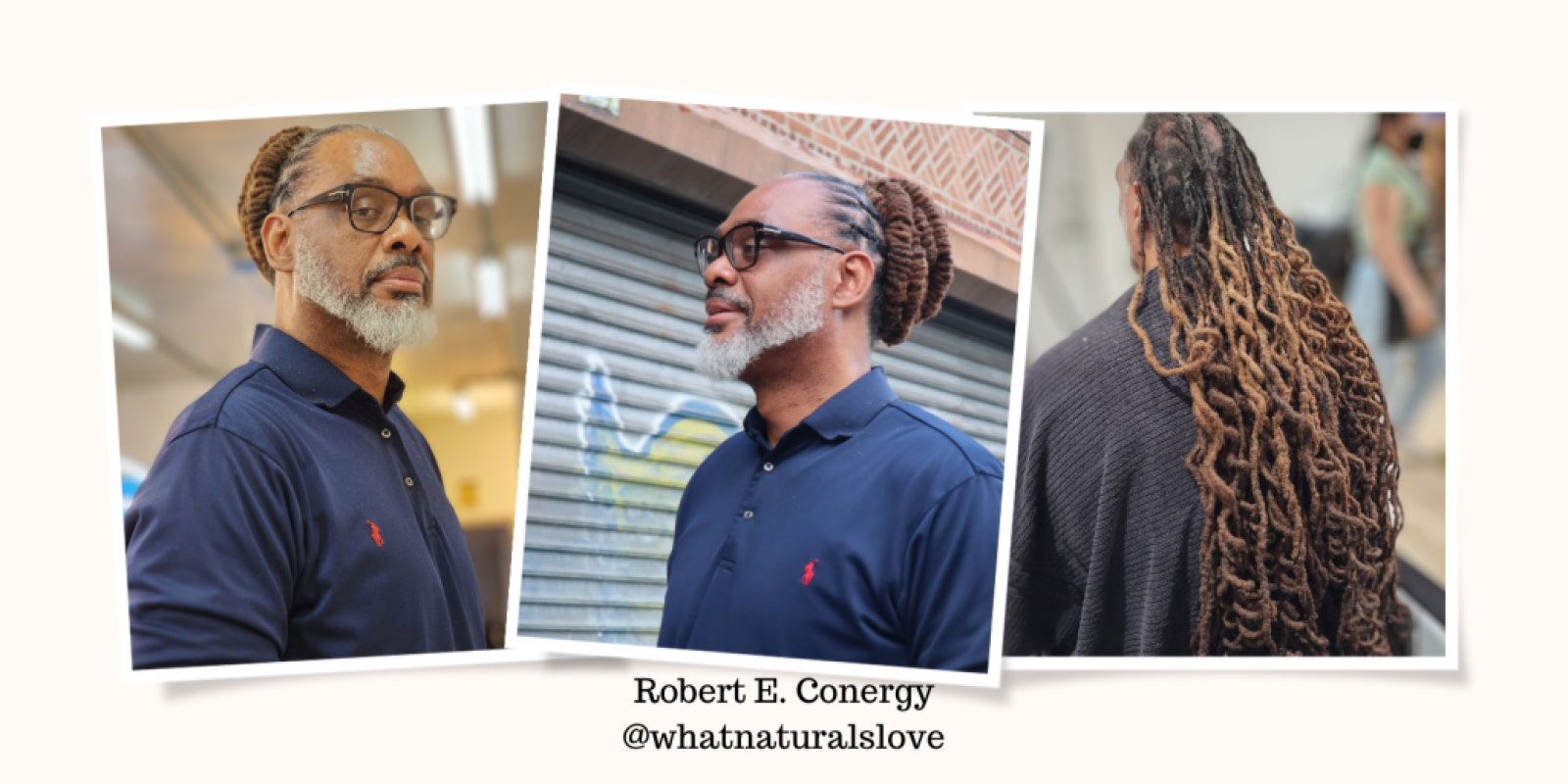Marion Sereti Nappy News sisterlocks, locs, Dreadlocks Hair Care, Natural Hairstyling, Loc maintenance, Hair Products for Dreadlocs, dreadlocs, Starter locs, Hair Locs Journey
Locs, in particular, showcase a profound bond with cultural heritage and spiritual values. In this blog post, we embark on a thought-provoking journey, delving into a fascinating discussion about Jesus and the intriguing possibility that he might have had locs.
Join us as we explore the biblical descriptions, cultural significance, and spiritual connections of this ancient and timeless hairstyle.
Locs in the Bible
Robert makes an intriguing observation that suggests Jesus could have possibly had locs. He says,
“You know Jesus, borderline had locs like. Really like if you look deeply at not the pictures that you see but the way it’s described in the bible,You know hair of wool, am assuming that he wasn’t combing all that, there may be a loc or two in there.”

If we closely examine the biblical descriptions, we find mentions of “hair of wool,” which has led some to speculate that his hair was not combed, and locs might have been present. It’s an exciting perspective that invites us to reimagine the iconic figure with a distinct and unique hairstyle.
Cultural Significance of Locs
But this discussion goes beyond mere speculation; it opens the door to exploring the cultural significance of locs in various indigenous communities worldwide.
In many places, locs are not just a hairstyle; they are revered as a symbol of status, strength, and spirituality. Wearing locs with pride is akin to wearing a crown, symbolizing a connection with one’s roots and a sense of identity.

Robert says, in some cultures, locs are indeed referred to as a “crown.”
“There is no other place on the face of the earth where locs did not exist and in some indigenous countries it is a status symbol, you have this much hair and you wear it in a crowd, and they refer to it as a crown.”
This symbolism resonates on multiple levels. Wearing locs can be an empowering statement, asserting one’s pride in their heritage and embracing their natural beauty as a crown of glory.
Conclusion
As we conclude our journey into the mysteries of Jesus’ hair and the cultural significance of locs, we are left with a renewed appreciation for diversity, spirituality, and self-expression. Whether or not Jesus had locs, the discussion invites us to explore the deeper meanings behind our appearance choices and the importance of staying true to ourselves.
Let us celebrate the beauty of locs and all hairstyles as unique expressions of our identities. Remember, it is not just about how we look on the outside, but the values, love, and kindness that radiate from within that truly define us.
Thank you for joining us on this enlightening exploration! Feel free to share your thoughts in the comments below and continue the conversation.
Until next time, let us embrace our diverse crowns of glory and walk with love and understanding in our hearts.

